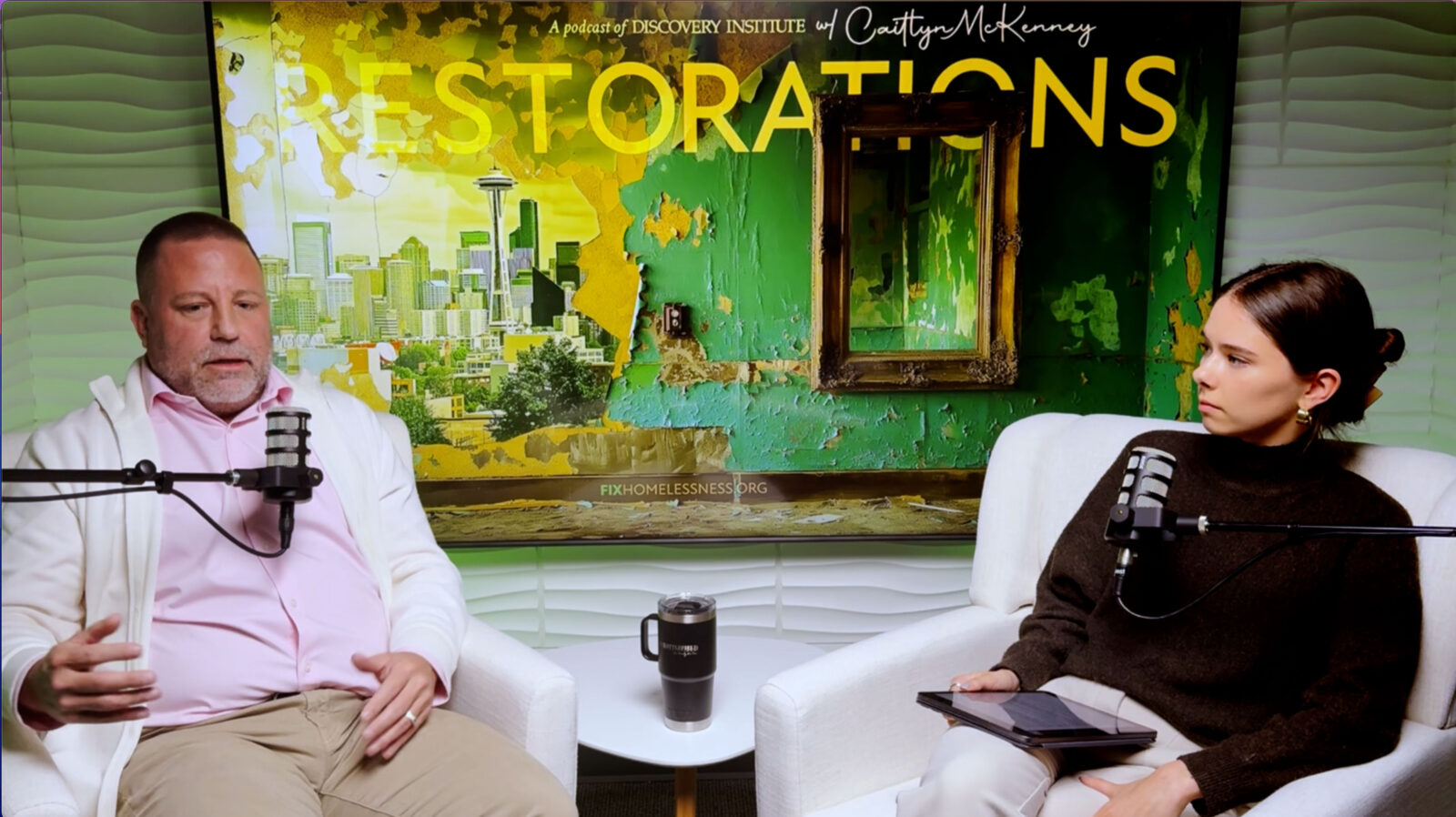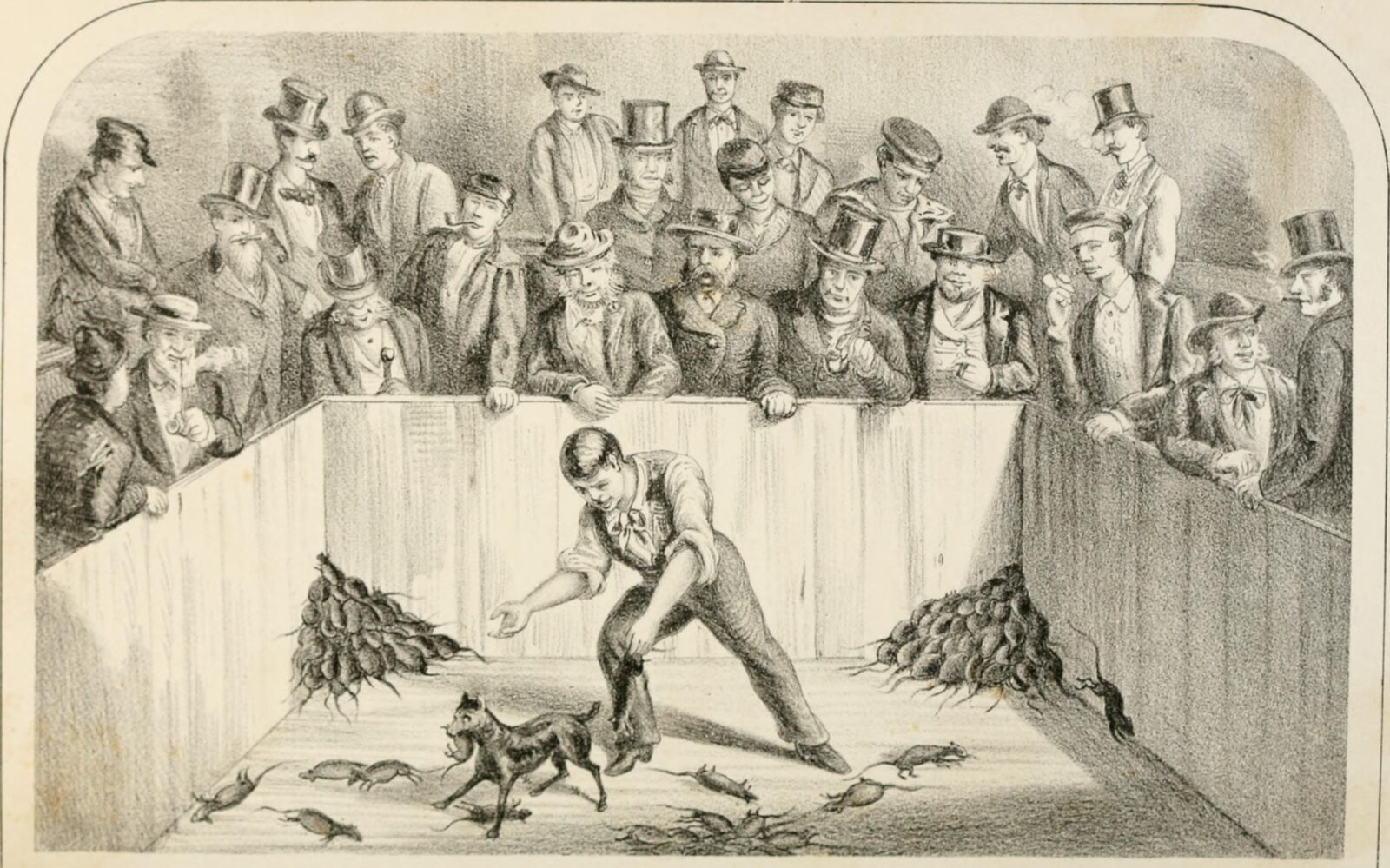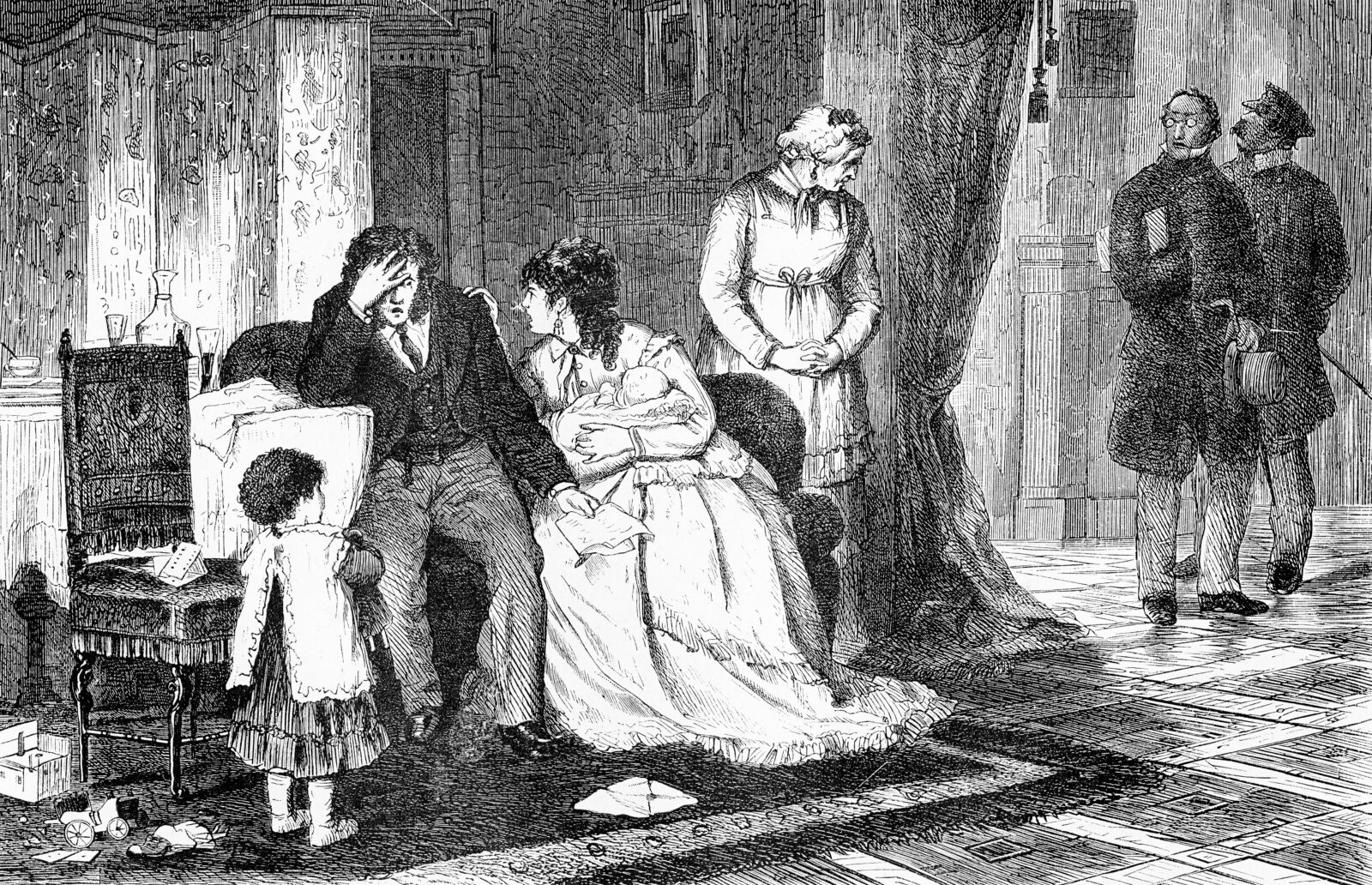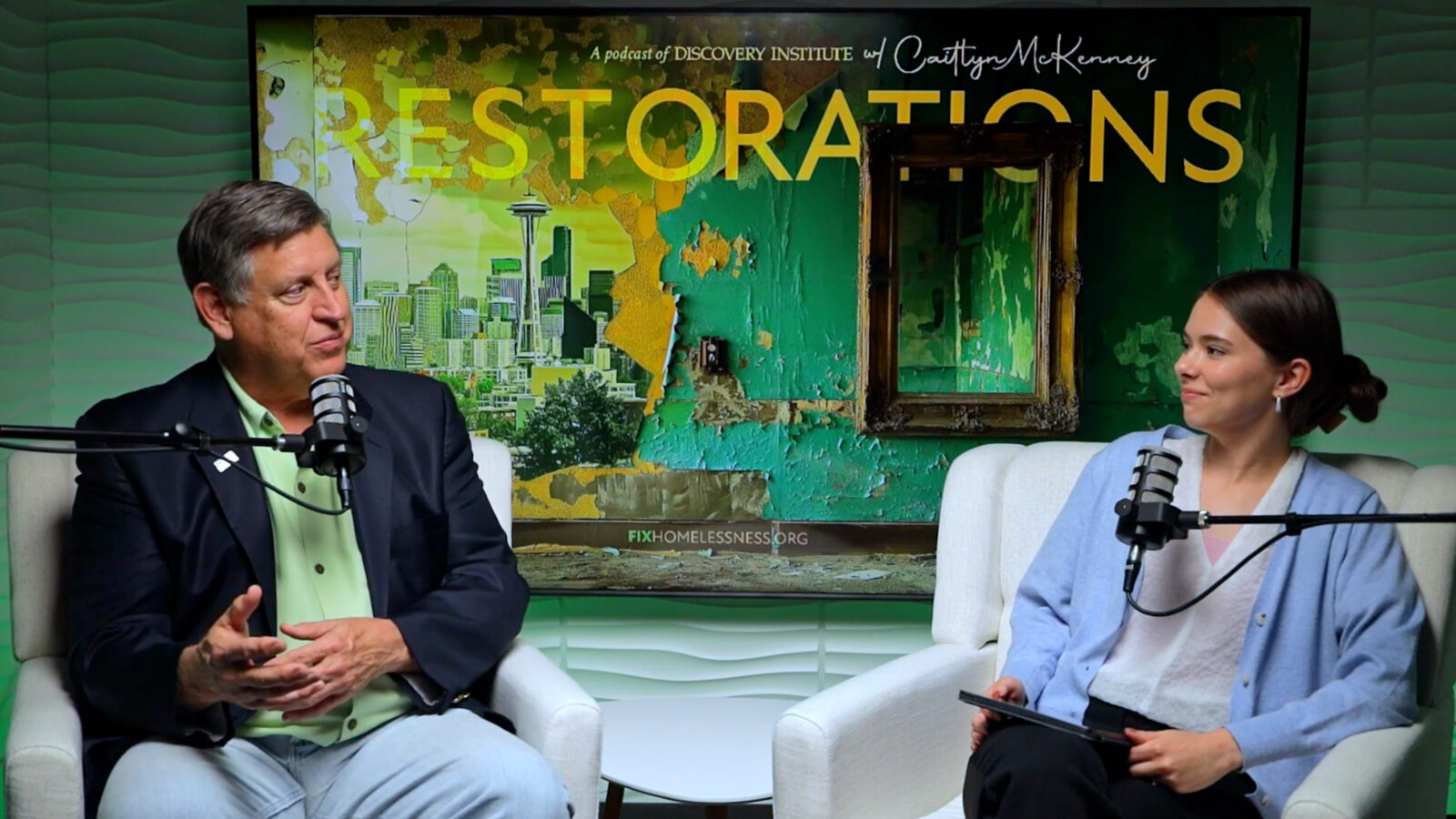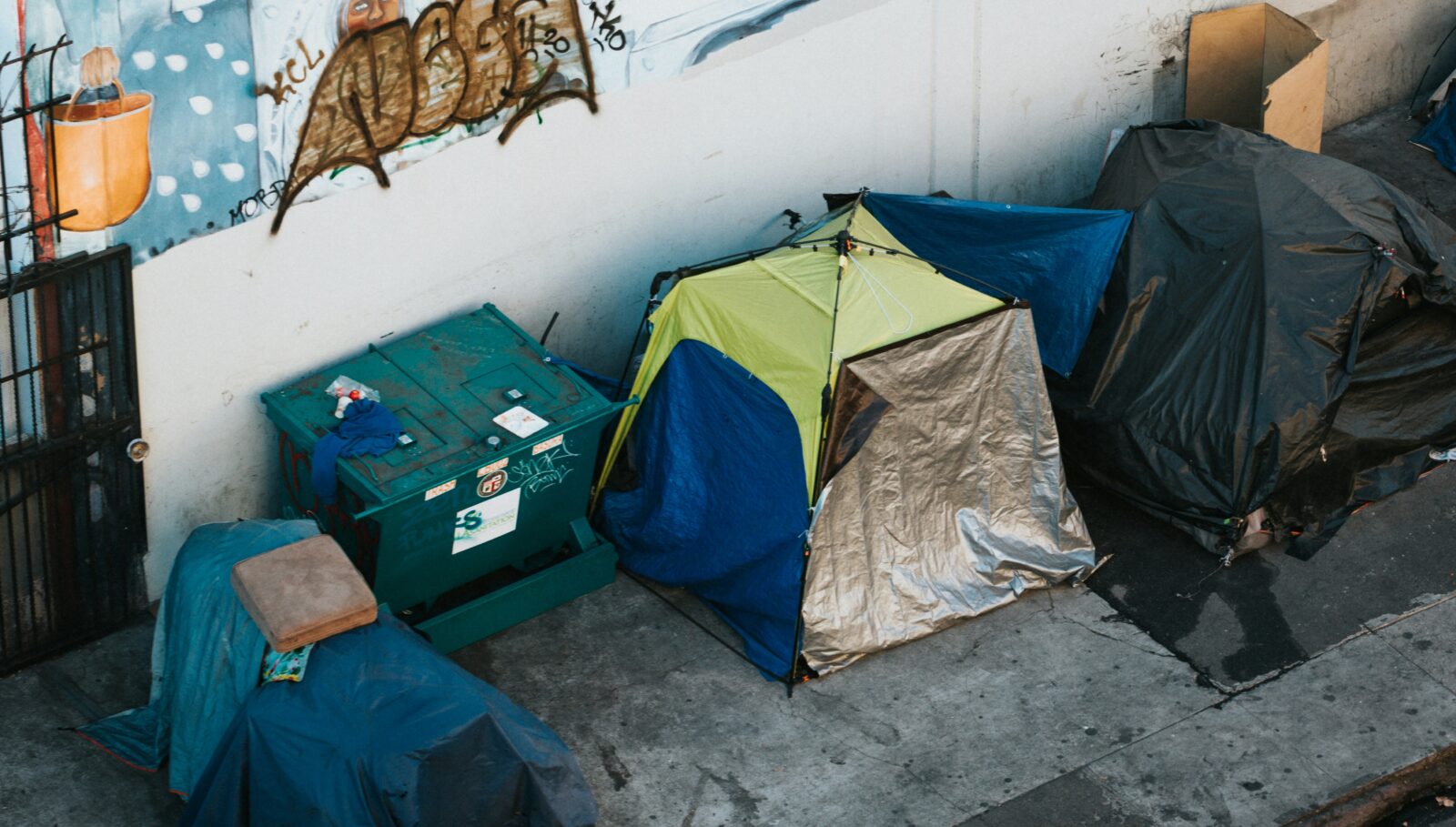
The Rarity of Homelessness in Judaism
After two years of learning about homelessness, next month I’ll start writing a book, with columns week by week showing chapter-by-chapter development. But before leaving my week-by-week miscellaneous approach, I want to mention that Christmas Eve this year is also the beginning of Hanukkah, an eight-day Jewish festival — and Jews are less likely to be homeless than non-Jewish Americans. That’s not a new phenomenon. Between 1880 and 1914, about 1.5 million Jews (including my grandparents) emigrated from czarist Russia to North America. They lived apart from the mainly Christian charity networks, yet observers at the time noted very little Jewish homelessness. Why? One reason: The deeply engrained work ethic within Jewish culture made a big difference. Another: Men needed Read More ›
